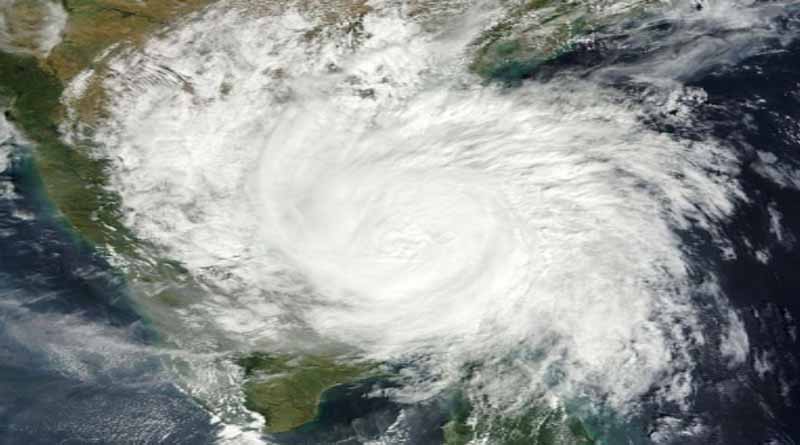10 cyclones in 12 yrs; eroding coastline: Odisha impacted by climate change
By Biswa Bhusan Mohapatra
Bhubaneswar, March 26 : Odisha has been facing severe impact of climate change in the past few years. Apart from being battered by frequent tropical cyclones and floods, the state has been witnessing sea erosion in six coastal districts.
Odisha has six coastal districts — Balasore, Bhadrak, Ganjam, Jagatsinghpur, Kendrapara and Puri. The state has faced at least 16 natural disasters, including 10 cyclones in the past 12 years.
According to official data, out of about 480 km of Odisha coast line, 267 km has witnessed sea erosion or accretion.
The Odisha Space Applications Centre (ORSAC) has conducted a DGPS survey based on 2006-2018 satellite image on coastal areas spreading over 3,555 sq.km. The survey found that 2,489 hectare of land in the six coastal districts faced erosion while there was accretion in 1,582 hectare of land in the shoreline.
In total, 4,069 hectares of land in the Odisha shoreline faced either accretion or erosion during the period. Highest 1,058 hectare land in Kendrapara district witnessed accretion and erosion, followed by Balasore district (920 ha), Jagatsinghpur (679 ha), Bhadrak (543 ha), Puri (540 ha) and Ganjam (327 ha).
Kendrapara district is the worst sea erosion district of Odisha as 16 villages of the district had already been submerged in sea water and 247 people faced displacement due to the rise in sea level.
Similarly, two villages of Ganjam district have also affected due to the rise in sea-level. Some locals of erosion-hit Podampetta and Ramayapatna village of the district had already been displaced.
The Odisha government has prepared a shoreline management plan for the Integrated Coastal Zone Management project.
As per the plan, Satabhaya area of Kendrapara district, Talasahi, Udayapur, the northern side of Budhabalanga in Balasore, Paradip port area of Jagatsinghpur, the bank of Jamuna, the beach areas of Puri, and the northern part of Gopalpur port, the north of Bahuda river in Ganjam have either witnessed coastal erosion or there is a possibility.
Senior environmentalist Ranjan Panda said the sea accretion or erosion occurs due to climate change and global warming.
“There is no specific and instant solution to the problem but, long-time mitigation measures can check it,” he added.
As some of the coastal areas in Odisha are vulnerable to sea erosion, those are impacted badly. The coastal area of Odisha will witness more impact of climate change in coming days, he said.
The state government has been giving emphasis for proper management of cyclones and it has succeeded in protecting human lives. So, the same level of effort is needed for mitigation of the sea erosion too, he suggested.
“Coastal erosion cannot be tackled unless you take care of rivers and mangrove plantations. Besides, new technological methods need to be adopted to check it,” the environmentalist said.
For proper rehabilitation of the displaced locals, Panda urged the state government to come up with a specific policy in consultation with the Centre, global climate finance and other stakeholders.
In a recent statement to the Odisha Assembly, the state Forest, Environment and Climate Change Minister, Pradip Amat, said the state government has constructed a geo-textile wall along 505 metre of the shoreline near Pentha beach of Kendrapara.
The state has prepared a climate change action plan which is being implemented across 11 departments, he added.
Besides, the Odisha government has taken up the creation of new forests using scientific methods, tried to reduce the usage of water in agriculture and brought changes in building construction codes, Amat said.
Other steps such as rainwater harvesting, emphasis on greening buffer areas of industries, bringing down pollution level and introduction of public transport in all corners of the state, are being taken to face the challenge, the Minister said.
–IANS









